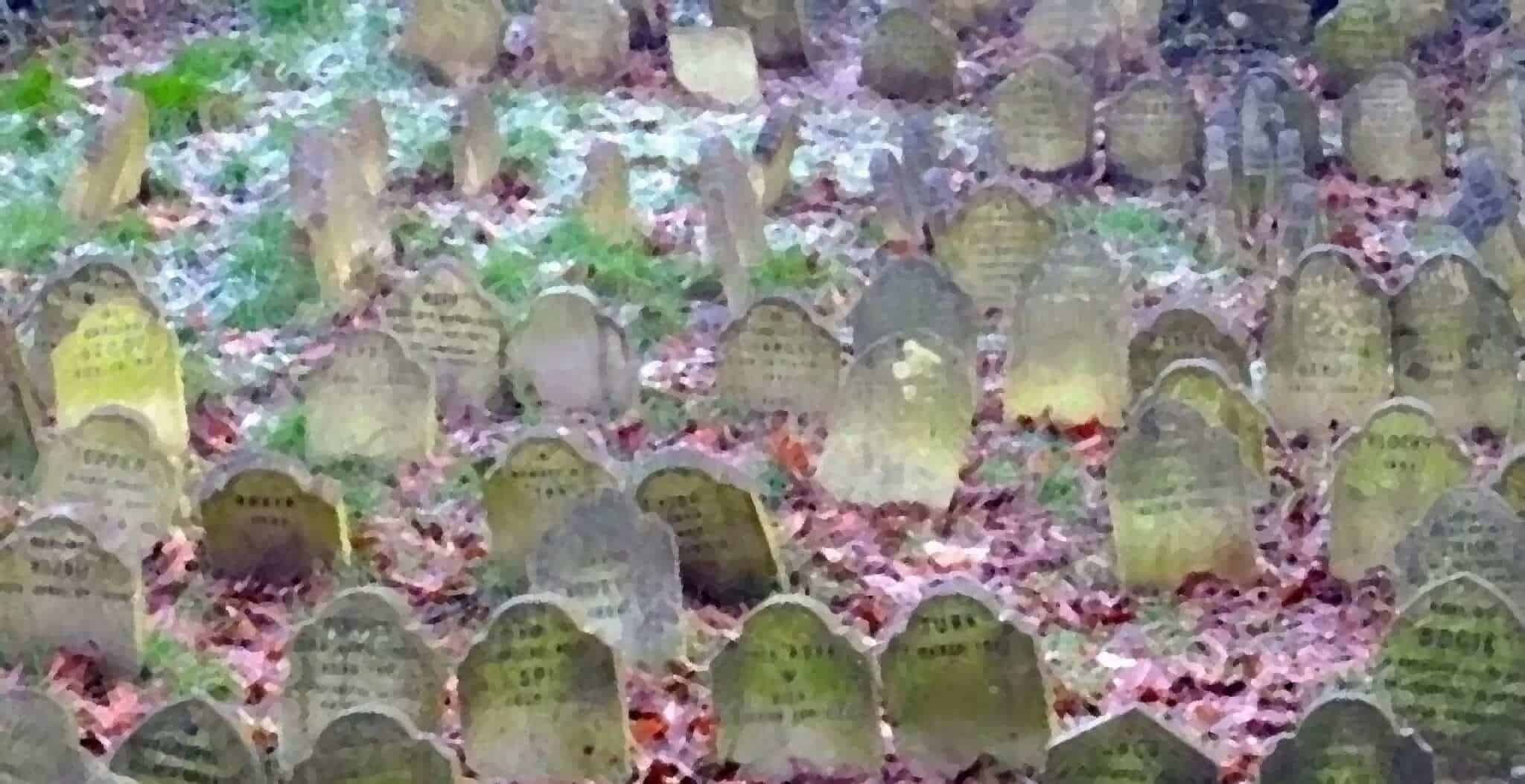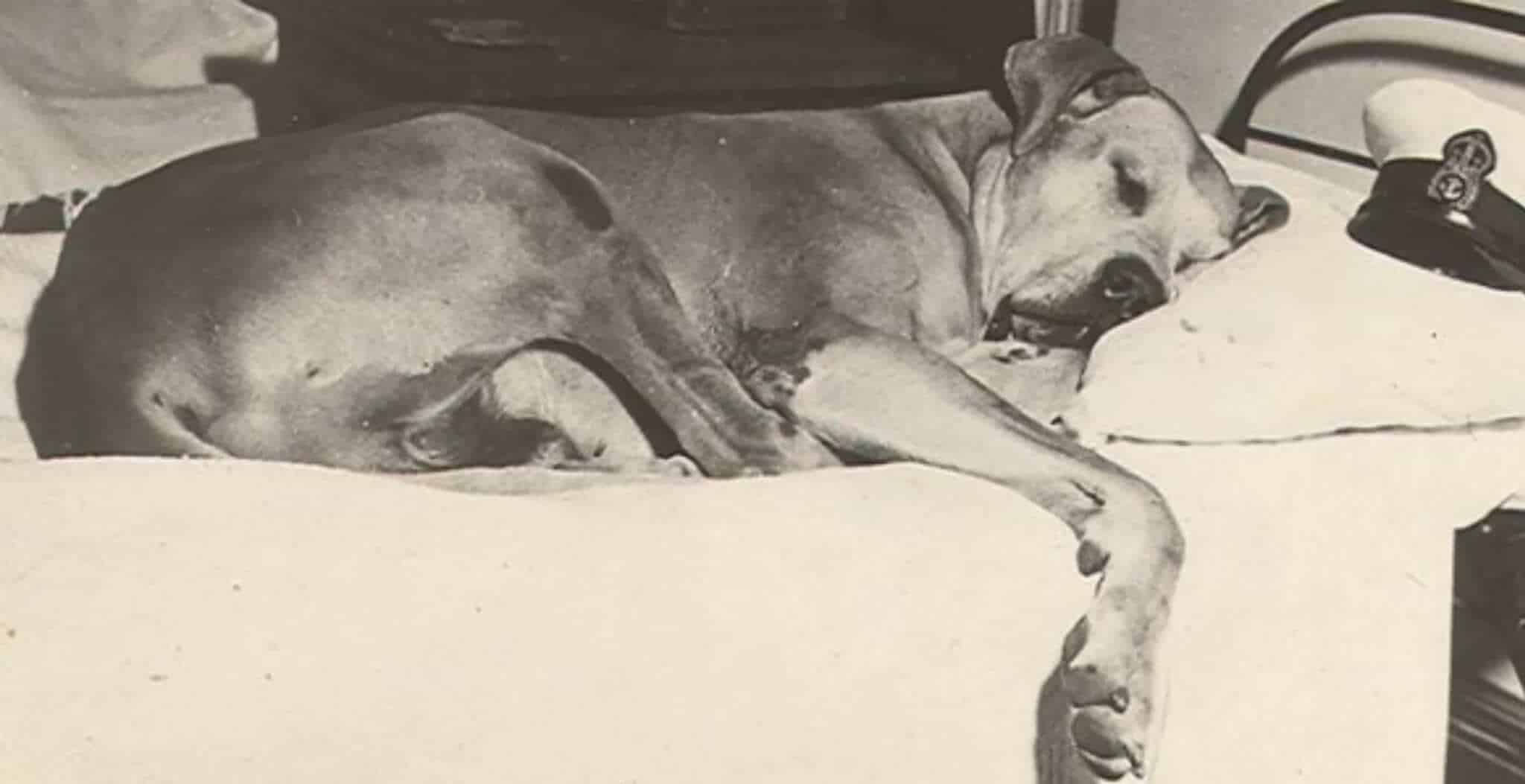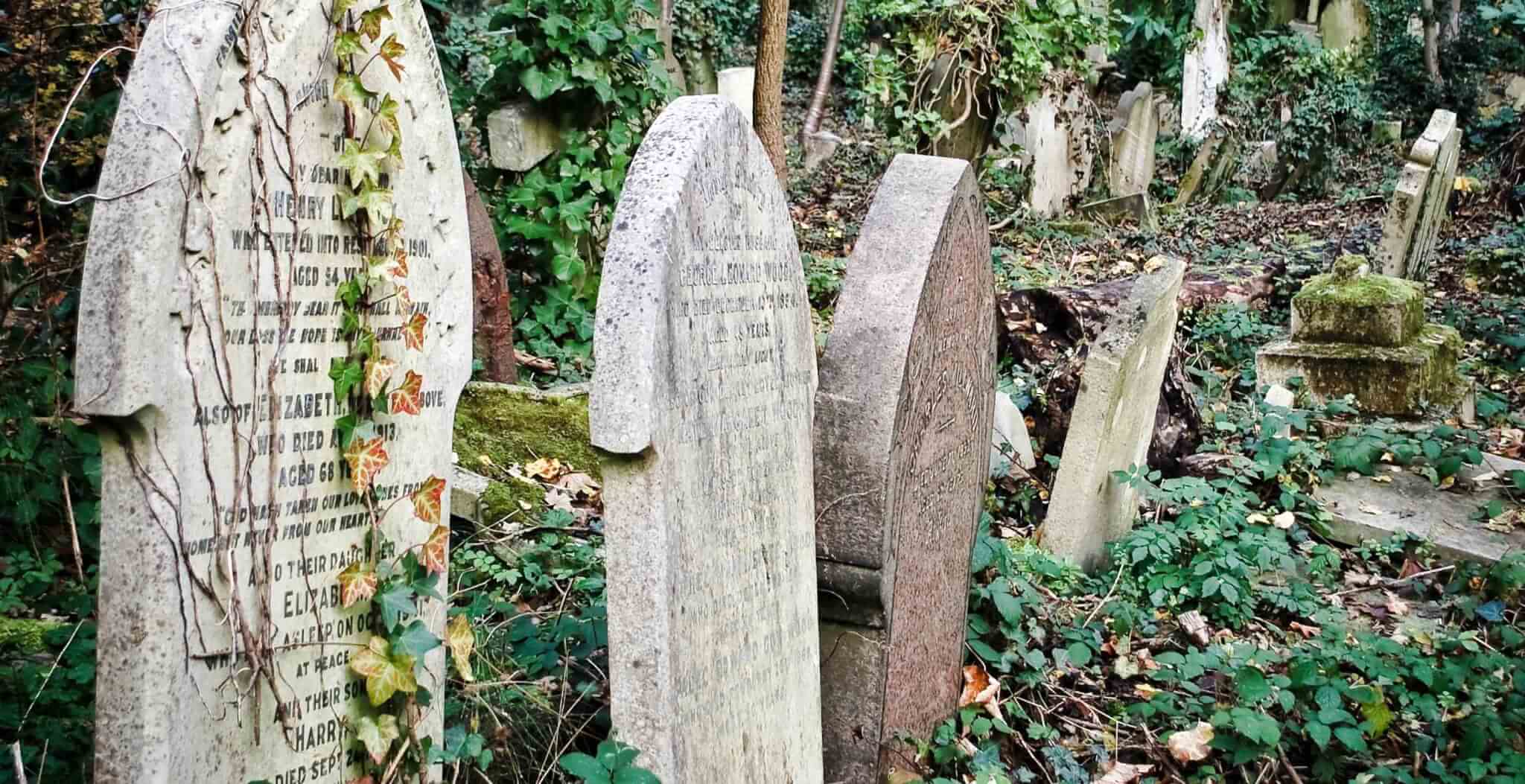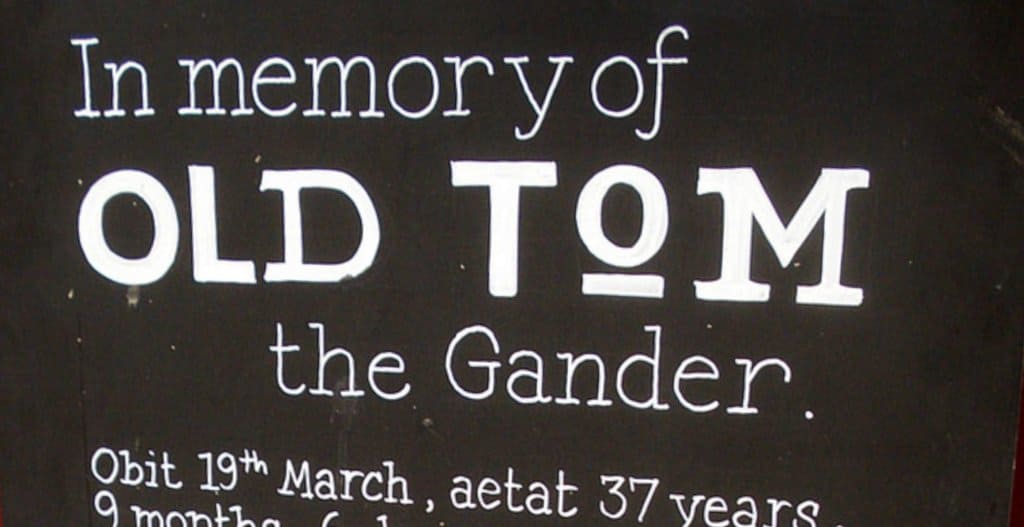Opened in 1881 by accident, this well-preserved little graveyard – hiding in one of the capital’s most famous Royal Parks – offers a touching insight into Victorian London.
First came Cherry, a Maltese terrier, who succumbed to the infirmities of old age. Cherry belonged to the children of Mr and Mrs J. Lewis Barned who would visit Hyde Park regularly, befriending gatekeeper Mr Winbridge, who sold them ginger beer and lollypops. When Cherry died, they approached Mr Winbridge to ask if they can lay Cherry to rest in Victoria Lodge’s back garden – a spot he loved. Permission was granted and today a tiny tombstone still stands bearing the inscription, ‘Poor Cherry. Died April 28. 1881’.
The idea soon caught on and when Prince, a Yorkshire terrier owned by the Duke of Cambridge was next to be interred (after meeting his untimely end under the wheel of a carriage), Hyde Park became the place for wealthy Londoners to bury their beloved companions.

It seems impossible not to be touched by the mostly marble tombstones: ‘Dear Impy – Loving and Loved’, ‘Alas! Poor Zoe’, and ‘Darling Dolly – my sunbeam, my consolation, my joy’ tug at the heartstrings. Then there’s Topper, Hyde Park police station’s Fox terrier that, “did not posses that instinct of personal cleanliness” as E. A. Brayley Hodgetts put it, in his 1893 article for the Strand Magazine. But Topper’s greatest sin was gluttony. It was through overeating that his health declined and in pity was clobbered off his mortal coil by a truncheon.
Mr Winbridge usually performed the burial ceremony, but rarely in the presence of the owners, who were mostly “too overcome with grief to be able to face this last cruel parting”. In one poignant instance in 1892, a bereaved Lord Petre sent his dog to be buried, promising to be present at the ceremony the following morning. Sadly, His Lordship could not survive the loss, and passed away that night.

But not all Londoners succumbed to sentimentality; a certain George Orwell described the cemetery as, “Perhaps the most horrible spectacle in Britain”.
Walking around the crowded headstones, you spot names that are recognised today, notably Spot, Muffin, and Ruby. Others are less likely to be used: Bogie, Smut and Fattie catch the eye, whilst poor Scum lies in an unmarked grave. Another step reveals the unrepeatable name of one cat – the cemetery also admitted three small monkeys and several birds – whilst another tombstone entices with the trace of a tragic narrative, ‘Remembering Fritz and Balu – poisoned by a cruel Swiss’.
By the time the cemetery officially closed in 1903, 300 graves dotted the lodge’s back garden.

Know Before You Go
Hyde Park’s pet cemetery is not open to the general public, but special one-hour viewings can be arranged by contacting The Royal Parks. Each visit can accommodate 6 people and costs £60 (including VAT). Alternatively, if you walk west along Bayswater Road, passing Victoria Lodge, and peer through the iron railings, you can catch a glimpse.
Andrew’s first job in the travel industry was for Punk Publishing as a researcher, writer and photographer on the popular Cool Camping series, which are now the UK’s best-selling camping guidebooks. Since then, Andrew has made his living as a full-time travel journalist, with his work appearing in several esteemed publications, including The Telegraph, The Sunday Times, Bradt Travel Guides and Timeless Travels. Based in London, Andrew also writes sitcoms and contributes to the satirical BBC Radio 4 Extra show ‘Newsjack’.





